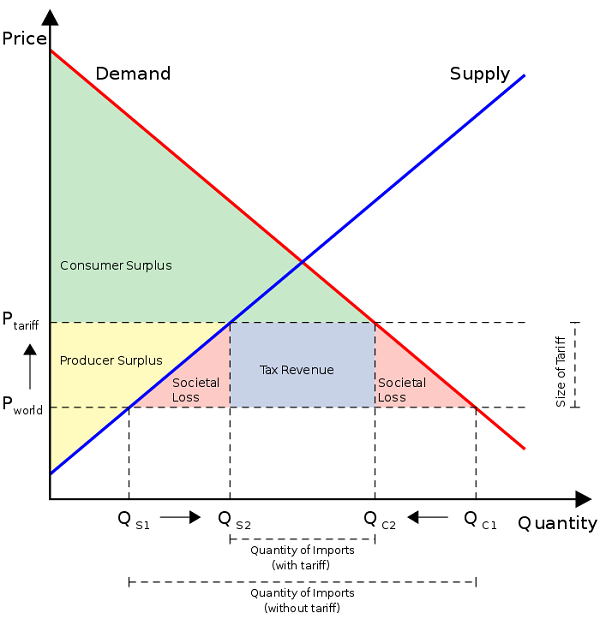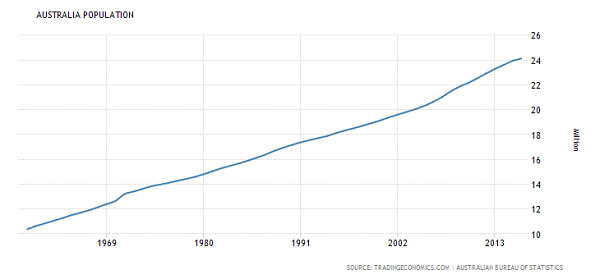* Terms and Conditions apply.


I just finished reading this article (The end of Australia’s car-making industryhttp://www.bbc.com/news/world-australia-41675196 ) and thought it was a very good time to comment on some of the reasons for this decline and the problems resulting for the Australian economy. As an Australian I grew up in a world of fierce rivalry between those who supported “Holden” and those who were pro “Ford” in relation to their favorite cars. Everyone of my class mates (or at least as far as I can remember) had an opinion on which was better. Everyone wanted to get one of these cars as soon as they came of age. At this time in my life it was unthinkable to believe that the car manufacturers in Australia would not survive. There was a belief that Australian cars were the best in the world for Australia. Australians were fiercely proud of the car manufacturing industry. So what went wrong?
As discussed in the article the trade protectionism was, to a large extent what allowed these car manufactures to develop in Australia in the first place. The high tariff barriers made these Australian made cars cheaper than those imported ones. The movements towards free trade and the decrease in government protectionism resulted in imported cars being cheaper than the locally produced ones. This however is but one of the reasons for the decline in Australian manufacturing and the Australian car industry. The effect of the tariff may be illustrated.

As shown above the tariff raises the price of imported cars into Australia from PWorld to price Ptarriffreducing car imports into Australia and generating tax revenue for the government. It also results in a loss to society cause by the higher prices and the inefficiencies caused by the tax.
Added to the loss of tariff protection the Australian government also cut off subsidies to the car industry in Australia. A quote from the Australian Prime mister illustrates this point “Prime Minister Malcom Turnbull said a lack of government support was not to blame since the government had provided a total of 7 billion Australian dollars ($5.5 billion) in subsidies to the industry since 2001.”These subsides have been progressively cut to help try to balance increasing budget deficits and to comply with international trade agreements.
It is also a factor that Australian car production could not achieve the very large economies of scale that were needed to reduce the unit cost of cars. These economies of scale mean that the very large car producers such as Toyota prefer to produce their cars in a few locations and export to the other markets. Not have local factories in different countries produce cars for just that country. It was not just the economies of scale in production that Australia could not achieve but also in Research and Development which meant Australian cars were just becoming rebadged cars that were developed in other locations. The individually designed Australian specific car virtually disappeared.
The changes in the Australian population also meant that Australia has become an increasingly country of migrants. These more recent Australians did not grow up with the “tribal loyalty” to a car company. This can be illustrated by the diagram below. Back in 1970 the Australian population was around 12 million. It is now around 24 million. The growth for the most part has been from immigration.

https://tradingeconomics.com/australia/population
The other very significant fact that is often left out when discussing the decline in Australian industries such as car production is the extremely high minimum wage in Australia. Take a look at this list from 2016 on minimum wages in a select group of counties.
Australia: $17.70 per hour
United Kingdom: $AU14.66 per hour
New Zealand: $AU14.22 per hour
France: $AU14.98 per hour
Germany: $AU13.17 per hour
Canada: $AU10.45 – 13.81 per hour
United States: $AU10.08 per hour
Japan: $AU10.01 per hour
Mexico: $AU5.50 per hour
Czech Republic: $AU3.37 per hour
China: $AU1.68 – 3.93 per hour
Brazil: $AU341.16 per month
India: $AU3.09 – 7.44 per day
http://www.abc.net.au/news/2016-05-31/minimum-wage-how-does-australia-compare/7461794
It is very clear that Australia is now one of the most expensive places in the world to employ labour. Successive governments have increased minimum wages by allocating responsibility to an ‘independent’ tribunal that only is considering the quality of life of the people on the minimum wage. No (or very little) account is taken of relative wage rates with other countries. It is not that Australia is more expensive than India to employ labour, it is that Australia is more expensive than virtually everywhere. This means that it is cheaper to make things almost anywhere in the world other than Australia.
The decline of the Australian car industry has seen considerable loss of jobs. According to this recent publication from Swinburne University “In 2009-2010 there were approximately 73,772 full-time employees in the motor vehicle industry (which includes the production of other transport equipment as well as parts),”
These job losses can be further expanded when considering the impact on employment in other sectors directly affected by the auto manufacturing industry as this diagram from the previous mentioned article from Swinburne shows
Source: Valadkhani and Smyth (2016, Table II, p.698-701).
Thus it was with sadness that I read the BBC article and decided to write this commentary about it. I worry for my country of birth as I see the decline in manufacturing as a structural factor that will not be reversed. Where are the jobs for future Australians going to be created? The mining and agricultural industries are not generating growing employment numbers. These industries are largely mature. It is also the case that most of the jobs in these industries are in rural Australia, not where most of the population chooses to live. Approximately 90% of Australians live in Urban areas (https://tradingeconomics.com/australia/urban-population-percent-of-total-wb-data.html ). So it is with difficulty that I can see where the young will find their jobs.